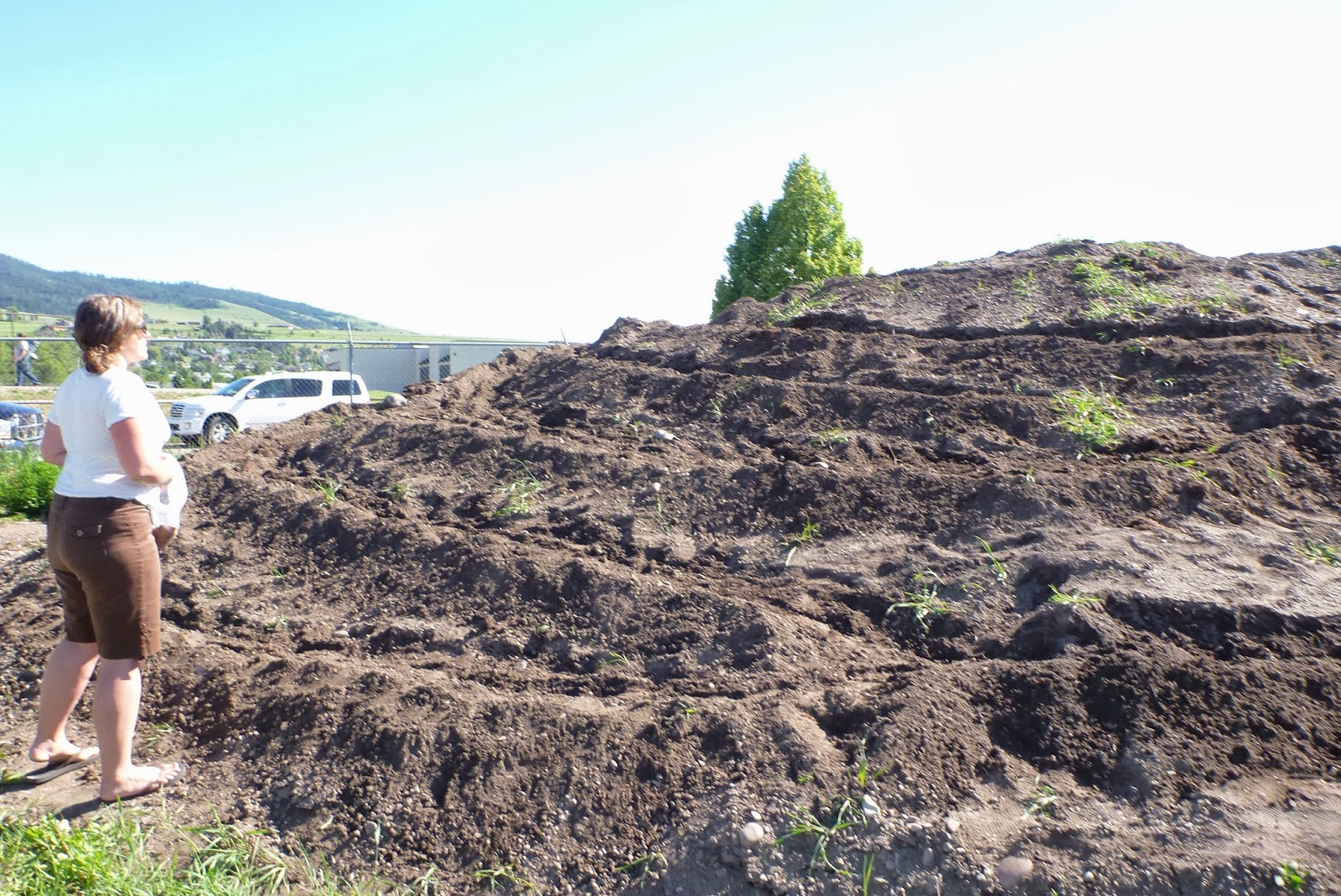What could be wiser than reducing your dependence on California to produce cheap organic food, given their reliance on top-down irrigation projects that are susceptible to collapse as their snowpacks begin to fail?
What could be wiser than utilizing the water that already runs off your home or garage to water your garden, and avoid paying hundreds of dollars a summer to water mitigation company for a public resource?
At Freedom Gardens at the Fairgrounds, we hope to educate the public about ways in which they can reduce their dependence on a susceptible food-system. We hope to free ourselves from the need to use public water systems to water our gardens, by capturing rainwater. We will free ourselves from the need to use fossil fuels to pump water, by employing small solar powered pumps to fill tanks for a gravity-fed drip irrigation system for our gardens. We hope to further reduce water use by employing cultural practices that encourage healthy deep root systems, and utilizing soils high in water-holding organic matter.
We need to move forward on rainwater harvesting, but last summer we solved one part of the equation: we built a gravity-fed drip irrigation system to water our gardens.
 Our garden is located at the Missoula County Fairgrounds, next to two large horse barns on the far south end of the property. Between the 1920's and 1941, the area served as the Missoula Airport. The water pipes serving this part of the property are original wood pipes, and are so leaky that the Fair can only afford to turn them on twice per year. As such, we did not have a reliable water source at our garden. The success of any agricultural project relies on water.
Our garden is located at the Missoula County Fairgrounds, next to two large horse barns on the far south end of the property. Between the 1920's and 1941, the area served as the Missoula Airport. The water pipes serving this part of the property are original wood pipes, and are so leaky that the Fair can only afford to turn them on twice per year. As such, we did not have a reliable water source at our garden. The success of any agricultural project relies on water.We designed a gravity-fed drip irrigation system.
The fairgrounds uses a 3000 gallons water truck to keep the dust down. The Fair Caretaker, Glen, agreed to use this truck to fill our reservoirs if we made it convenient for him.
We were able to procure a load of industrial bulk containers, or IBCs for short. Each IBC holds approximately 280 gallons - a string of 8 would allow us to get >2000 gallons of water in only one trip. When considering a water reservoir consider your chosen container's previous use. Our IBCs previously housed a soy-based glue, which we were able to wash out with a pressure washer easily.
 |
| The beginnings of the bulk head extension. |
Bulkheads allow us to add a second hole to each IBC, which in turn allows an exit for air as water fills the void. The key to remember here is that the air will eventually be replaced by water as the bottom tanks fill and the top tanks begin taking on water. To prevent water loss and to allow the top tanks to fill, we simply built the bulkhead exits higher than the maximum fill point on the tanks. We could now move on to the next stage of problem solving - filling the tanks quickly and efficiently.
 |
| A fire hose connects the reservoir the tanker truck |
As we mentioned in previous blog entries, the fairgrounds staff conveniently created to large berms to the west of our plot. The berm closest to our coldframes stands roughly 12 feet tall. Given that pounds per square inch [psi] increases by .4 for each foot, we calculated that our lowest system psi was 12ft * .4 = 4.8 psi. Given that each IBC is roughly 4 feet tall, and we've stacked two on top of each other, we calculated our maximum system psi to be (12ft + 4ft + 4ft) * .4 = 8 psi. Once our calculations were complete, we knew that we needed to identify an irrigation system capable of functioning within 4 and 8 psi. A perusal of available irrigation components yielded the John Deere T-Tape series - perfect not only for its function at low flows, but also in consideration of cost, equal water distribution, and conservative water discharge.
 |
| Chris tacking up the irrigation supply line |
 |
| End caps in two different configurations |
The last step to completing the irrigation system was to install the newly arrived John Deere T-Tape and of course, testing. We were able to purchase the necessary connectors and termination components for the t-tape upon ordering, so all we really needed to do was pierce the irrigation main, insert the connector, slip on a length of t-tape, and place a terminator on the end. It doesn't just sound easy, it really was!
With the irrigation system installed, we eagerly tried one line alone. Upon seeing it successfully work, we curiously attempted to run two lines at one - success. Could we run all three boxes at once? You betcha! Our irrigation system was complete and we were ready to get growing!
 |
| One of our nearly finished fifteen coldframes |




















